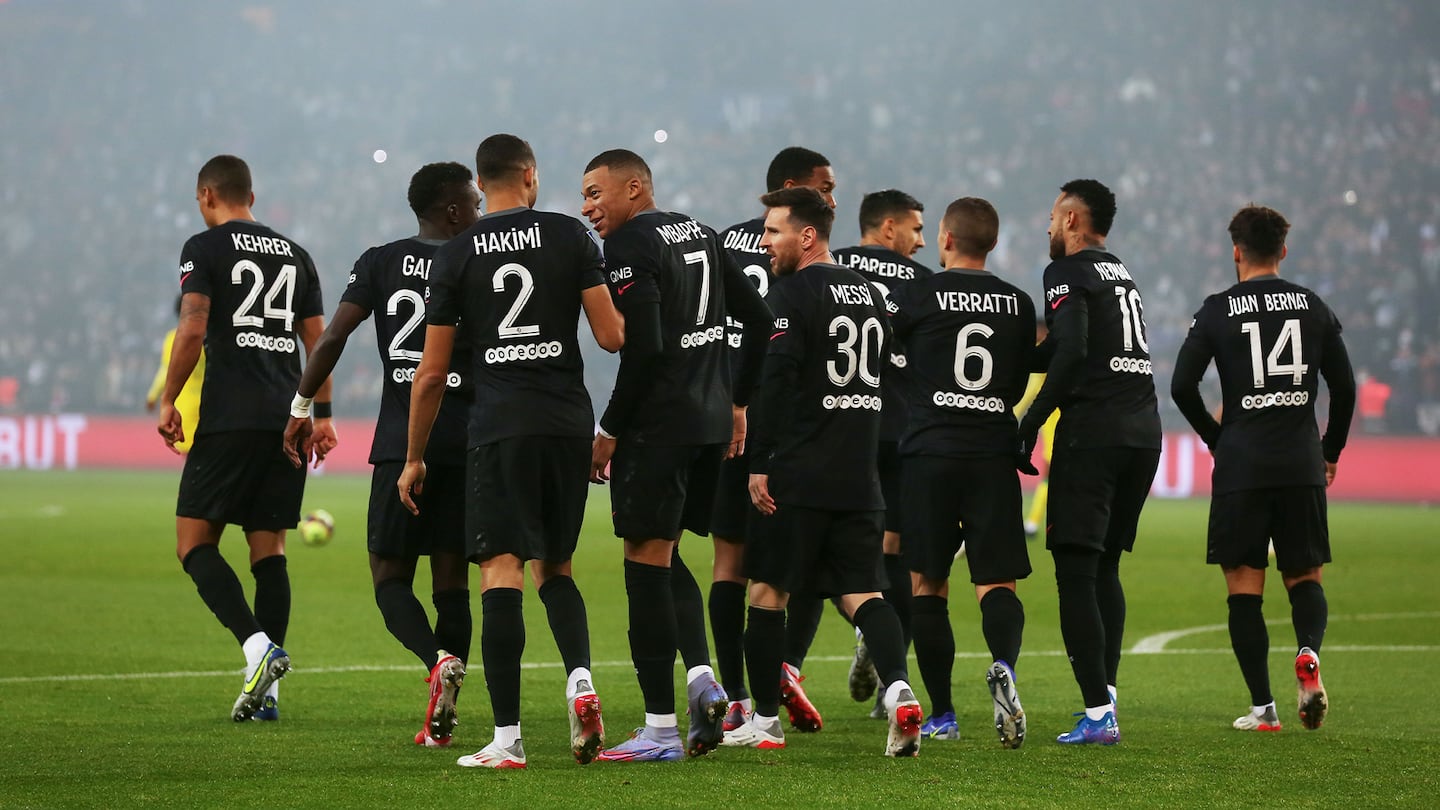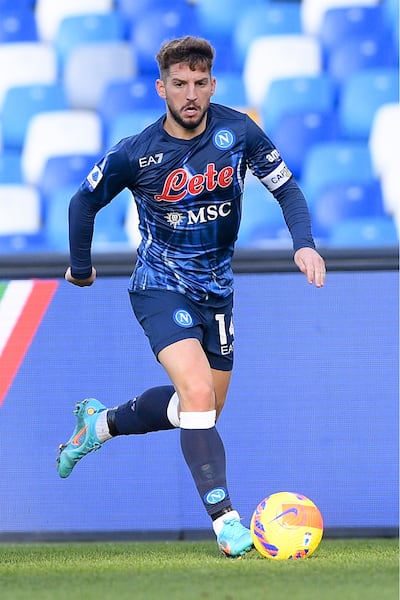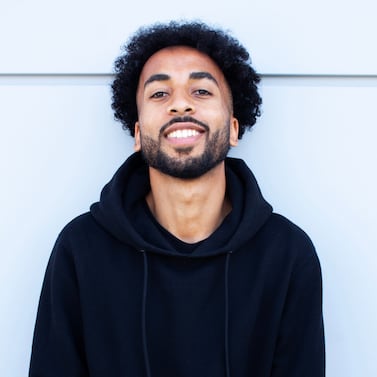
The Business of Fashion
Agenda-setting intelligence, analysis and advice for the global fashion community.

Agenda-setting intelligence, analysis and advice for the global fashion community.

Europe’s top football teams have their official beverages, official banking partners, official airlines — and, increasingly, their official luxury fashion sponsors.
Moncler and Dior are among the labels that last year signed deals to design formalwear or playing gear for major European football clubs. Italian football club Napoli’s ongoing partnership with Giorgio Armani — which comprised a range of on-pitch apparel and special edition pieces — in September, began selling what became known as football’s most expensive jersey, retailing at €125 ($141). The tie-up generated positive press; the British tabloid newspaper The Sun noted that opposition players would be lucky to get their hands on Napoli’s designer match-wear after a game.
Dior’s partnership with French football club Paris Saint-Germain (PSG) sees the label’s artistic director Kim Jones design a formalwear collection for the men’s team. It has already earned the brand several valuable product placement moments, including during football’s most high-profile player transfer ever, when global superstar Lionel Messi was unveiled to the world as a PSG player in August, pictured wearing a suit from the Dior capsule. PSG’s Instagram post announcing the news attracted over eight million likes.
The flurry of deals between luxury brands and football clubs represent the culmination of a decades-long shift in attitudes on both sides. Until the 1990s, many brands dreaded any association with football, then known as much for its rowdy fans as the on-field action. Dr. Martens were once English football hooligans’ footwear of choice, so much so that in the 1970s, police required fans to remove their laces — or even the shoes themselves — at stadiums. Italian label Stone Island was known as the unofficial uniform of the violent hardcore fans known as ultras across European football.
ADVERTISEMENT

Since then, the commercialisation of the football industry and the evolution of teams and footballers themselves into global brands has forced the sport to clean up its act. Major European clubs are now global entities, owned by billionaires or (in the case of Manchester City and PSG) by Middle Eastern sovereign wealth funds.
In the late 1990s, footballer David Beckham became the game’s first crossover superstar, attending fashion week shows, modelling in campaigns for Calvin Klein and benefitting from multiple brand endorsement details. Today, it’s routine for brand campaigns and fashion editorials to feature footballers; Liverpool FC’s Egyptian striker Mo Salah is the cover star for the January edition of British GQ.
New, Global Audiences
The importance of menswear to brands means football’s male-dominated viewership is a ready-made audience for marketing efforts. July’s European Championships were viewed by five billion people across 229 territories, according to UEFA, the tournament’s governing body.
Meanwhile, streetwear has become a key driver of luxury sales; Stone Island, now owned by Moncler, is a favourite of Drake, Spike Lee and British rappers Skepta and Dave, and the brand’s gritty past plays into its authenticity in the eyes of customers.
Football is particularly useful for global luxury brands that aspire to fully integrate themselves into their customers’ lifestyle. The global reach of the top European clubs — many have big fan bases and commercial operations in China — is another plus. Moncler’s recent formalwear partnership with Chinese-owned Italian club Inter Milan was designed to “connect with new communities in meaningful and authentic ways,” said the label’s chief executive, Remo Ruffini, over email.
“It wasn’t so much that fashion brands were trying and getting it wrong, it just wasn’t really happening at all. No one was looking to infiltrate the world of football through the prism of fashion,” said Hamish Stephenson, co-founder of GAFFER and False 9, the London-based digital platform and marketing agency dedicated to “bridging the gap” between fashion and football. Luxury brands are waking up to “the real commercial potential of football, in terms of exploring and amplifying the cultural currency of the game,” he said.
Footballers: Powerful Brand Ambassadors
ADVERTISEMENT
In the last year, Jonathan Anderson tapped US soccer star Megan Rapinoe for a Loewe billboard campaign, while English footballers Raheem Sterling and Trent Alexander-Arnold both featured in campaigns for Bottega Veneta. Last week, Paris Saint-Germain defender Thilo Kehrer was recruited by Alexandre Mattiussi for French brand Ami’s Autumn/Winter 2022 campaign. Players also represent powerful marketing tools for brands, with engaged followings that often equal or exceed that of the labels seeking to partner with them. On Instagram, Rapinoe and Sterling have two million and nine million followers respectively, while 23-year-old French footballer Kylian Mbappé — Dior’s global menswear ambassador — has more than 65 million followers, compared to the luxury house’s 39 million. A recent post by Mbappé, promoting sunglasses brand Oakley, fetched over three million likes on Instagram. Football superstars Cristiano Ronaldo and Lionel Messi are the first and third most followed individuals on the platform.

“Social media has given us [athletes] the ability to get out of the football bubble,” said Bellerín, who walked for Louis Vuitton at Paris fashion week men’s in 2019 and now (alongside business partner Ehsen Shah) runs B-Engaged, an agency which brokers partnerships between brands and its roster of top-tier footballing talent.
An added bonus for brands is that modern footballers are increasingly comfortable publicly embracing social causes such as anti-racism, youth education and equal pay for women in the sport. There have been notable player-led campaigns by the likes of Manchester United footballer Marcus Rashford, Rapinoe and Héctor Bellerín, the Spanish footballer turned model, designer and environmentalist.
Brands now have the confidence to forge partnerships in football, knowing that players wearing their clothes have distinct personalities, opinions and cultural importance that extends far beyond the sport itself.
This has cultivated a more modern, socially conscious image of the sport, mirroring efforts made by the fashion industry in recent years to tackle shortcomings relating to inclusivity and sustainability.
“Brands now have the confidence to forge partnerships in football, knowing that players wearing their clothes have distinct personalities, opinions and cultural importance that extends far beyond the sport itself,” said Bellerín.
The rise of footballers as cultural tastemakers has also created opportunities for new businesses, as well as luxury brands. A flurry of creative agencies such as False 9, Super Vision Office and B-Engaged have positioned themselves at the centre of fashion and football’s convergence, providing brands such as Valentino, Burberry and Calvin Klein with coveted access to commercial activations with teams and players.
“The modern footballer, and the entire game, is now so diverse, so relevant and so authentic with so many [commercial] avenues to explore,” said Jordan Wise, co-founder of GAFFER and False 9.
For Bellerín, fashion and football have come a long way since “back in the day, when there was only one player that brands could do something with: David Beckham.”
In its 37-year history, Stone Island has grown cult followings among hypebeasts and football hooligans alike. How does the brand reconcile this eclectic customer base as it expands into new markets and demographics?
Dior artistic director Kim Jones has designed the team’s official wardrobe for the next two seasons, marking the luxury brand’s first tie-up with a
Former GQ Style deputy editor Elgar Johnson will launch CircleZeroEight in April, with contributions from Katie Grand, Saul Nash and photographer Ewen Spencer.

Daniel-Yaw Miller is Senior Editorial Associate at The Business of Fashion. He is based in London and covers menswear, streetwear and sport.
The former CFDA president sat down with BoF founder and editor-in-chief Imran Amed to discuss his remarkable life and career and how big business has changed the fashion industry.
Luxury brands need a broader pricing architecture that delivers meaningful value for all customers, writes Imran Amed.
Brands from Valentino to Prada and start-ups like Pulco Studios are vying to cash in on the racket sport’s aspirational aesthetic and affluent fanbase.
The fashion giant has been working with advisers to study possibilities for the Marc Jacobs brand after being approached by suitors.